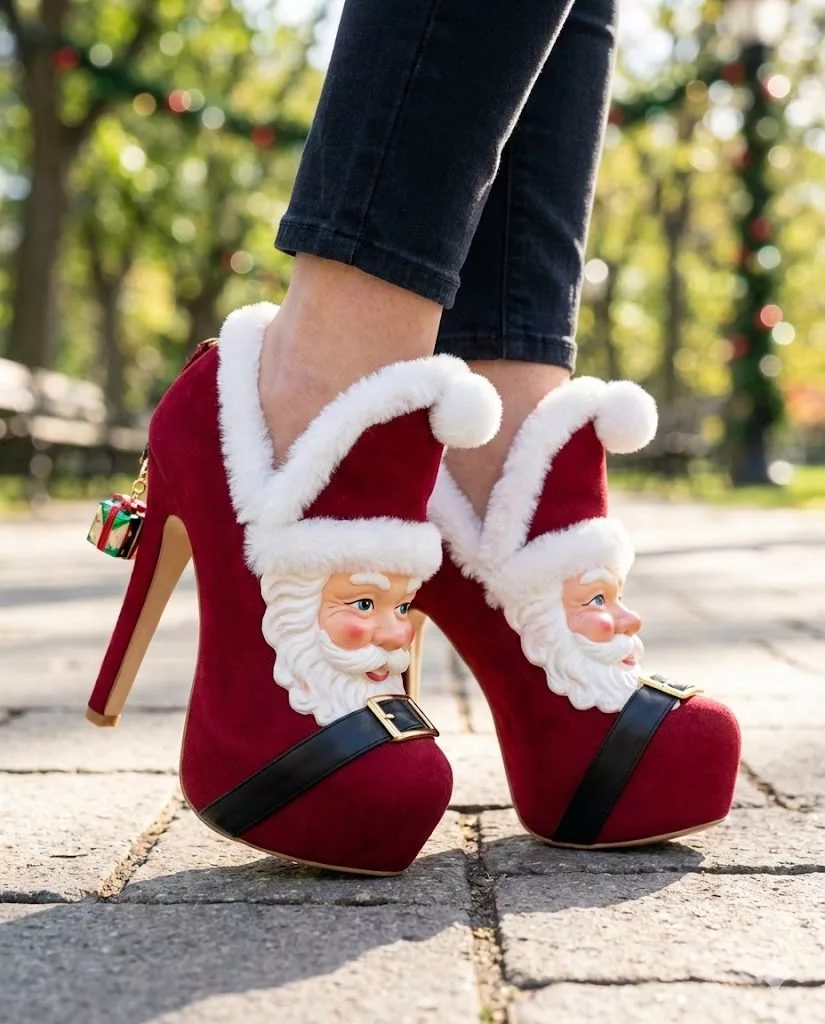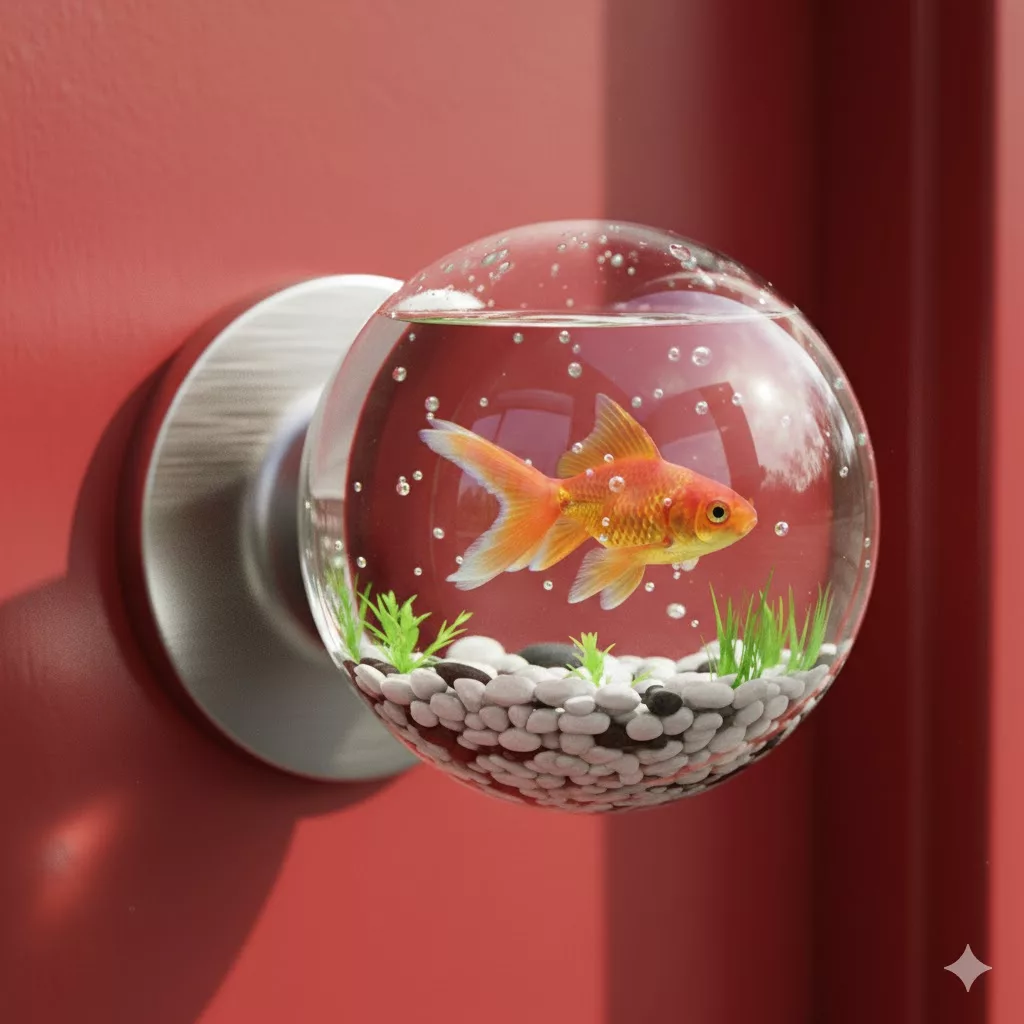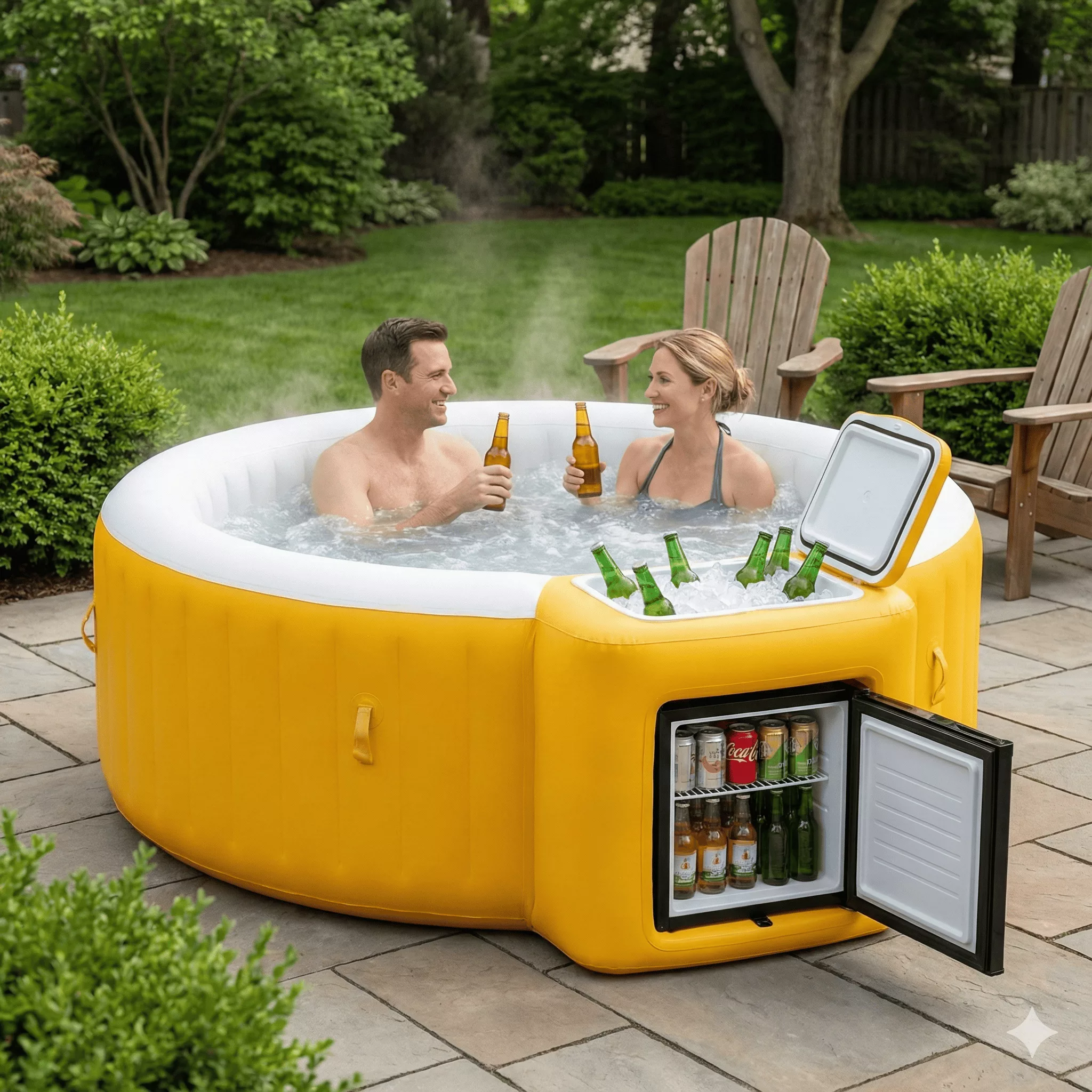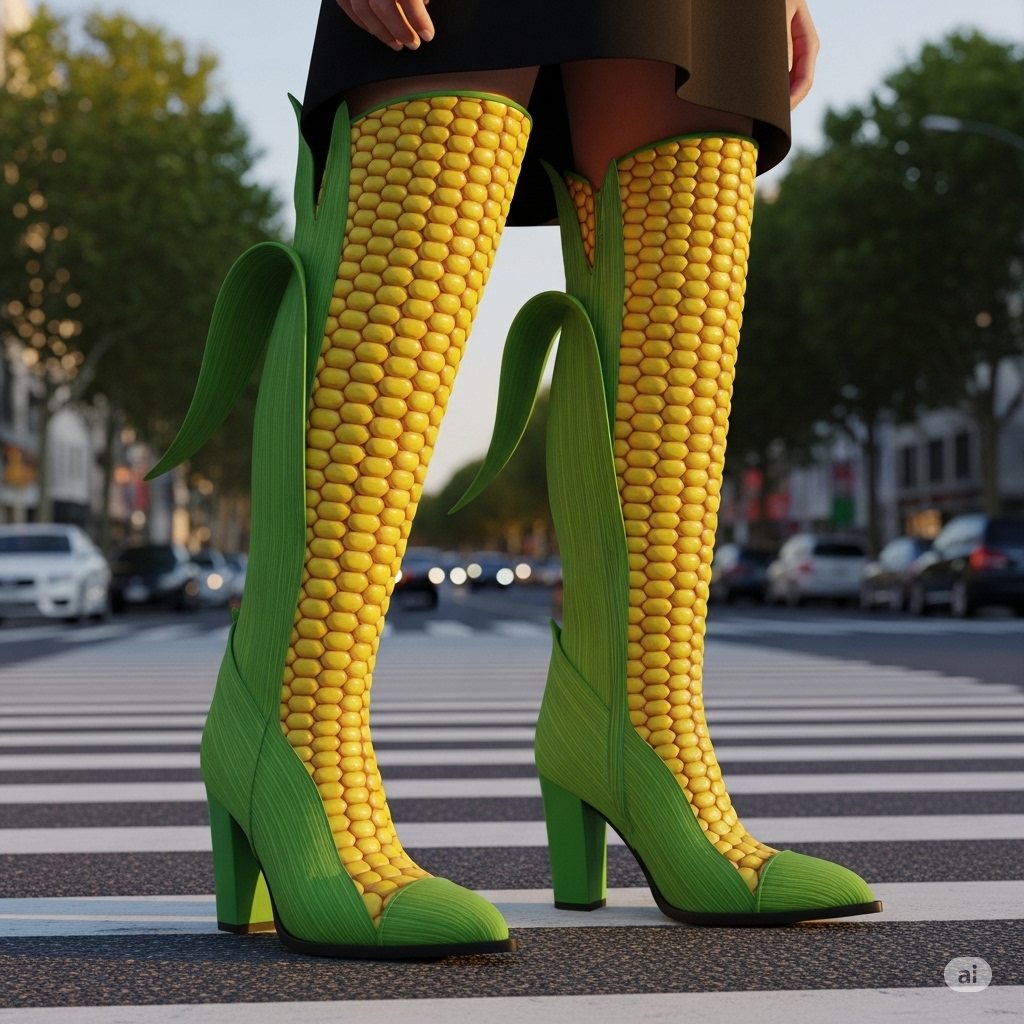
Foot health is something most of us take for granted—until discomfort sets in. One of the most common issues people face is a corn on the heel, often referred to simply as a “corn heel.” This condition can cause pain, irritation, and even impact mobility if left untreated. Fortunately, with the right knowledge and care, corn heels are highly manageable.
In this guide, we’ll explore what a corn heel is, why it develops, how to treat it, and the best ways to prevent it from coming back.
Contents
What Is a Corn Heel?
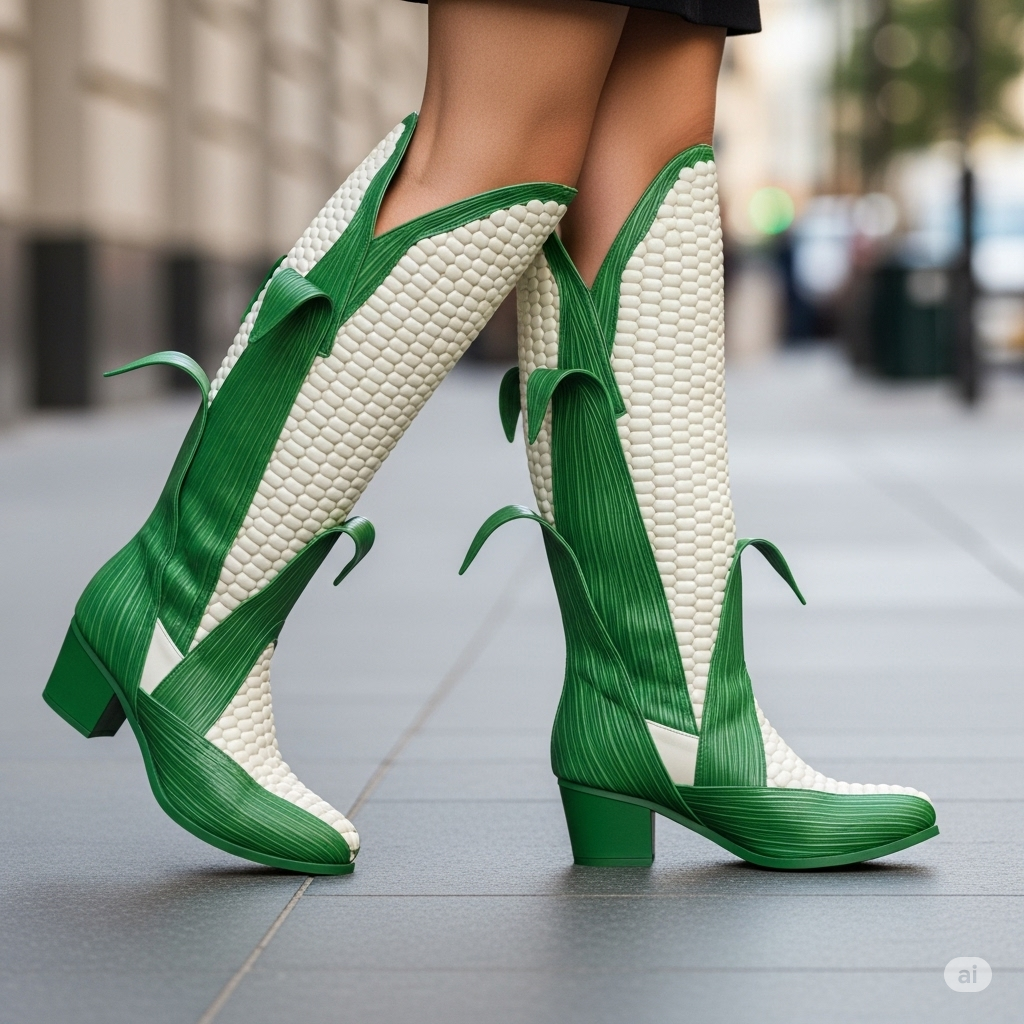
A corn heel refers to a thickened area of skin that develops on the heel due to repeated friction or pressure. Corns are essentially the body’s natural response to protect skin and underlying tissues from continuous rubbing. While they’re not usually dangerous, they can become painful and unsightly.
Key Characteristics:
-
Location – Found on the heel, but corns can also appear on toes or the ball of the foot.
-
Texture – Thick, rough, hardened skin.
-
Color – Yellowish, sometimes with a gray or white center.
-
Size – Can range from small spots to larger patches.
-
Pain – Tender to pressure or when walking.
Causes of Corn Heels
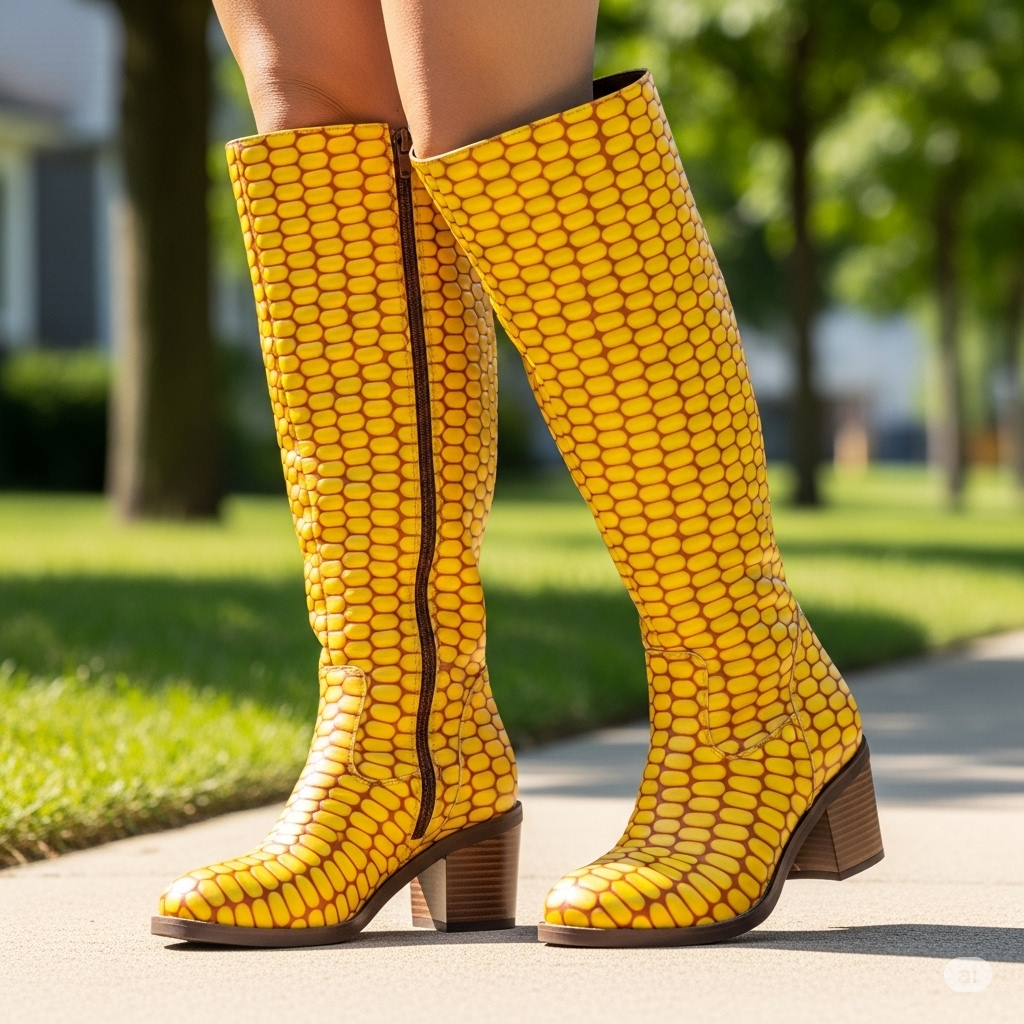
Corns are caused by pressure and friction, but several factors contribute to their formation:
-
Poorly Fitting Shoes – Tight or loose footwear creates constant rubbing.
-
High Heels – Put pressure on the back and bottom of feet.
-
Walking Barefoot – Repeated impact on rough surfaces.
-
Abnormal Gait or Foot Shape – Causes uneven weight distribution.
-
Standing for Long Periods – Increased stress on heels.
-
Dry Skin – Prone to cracking and friction damage.
Symptoms of Corn Heels
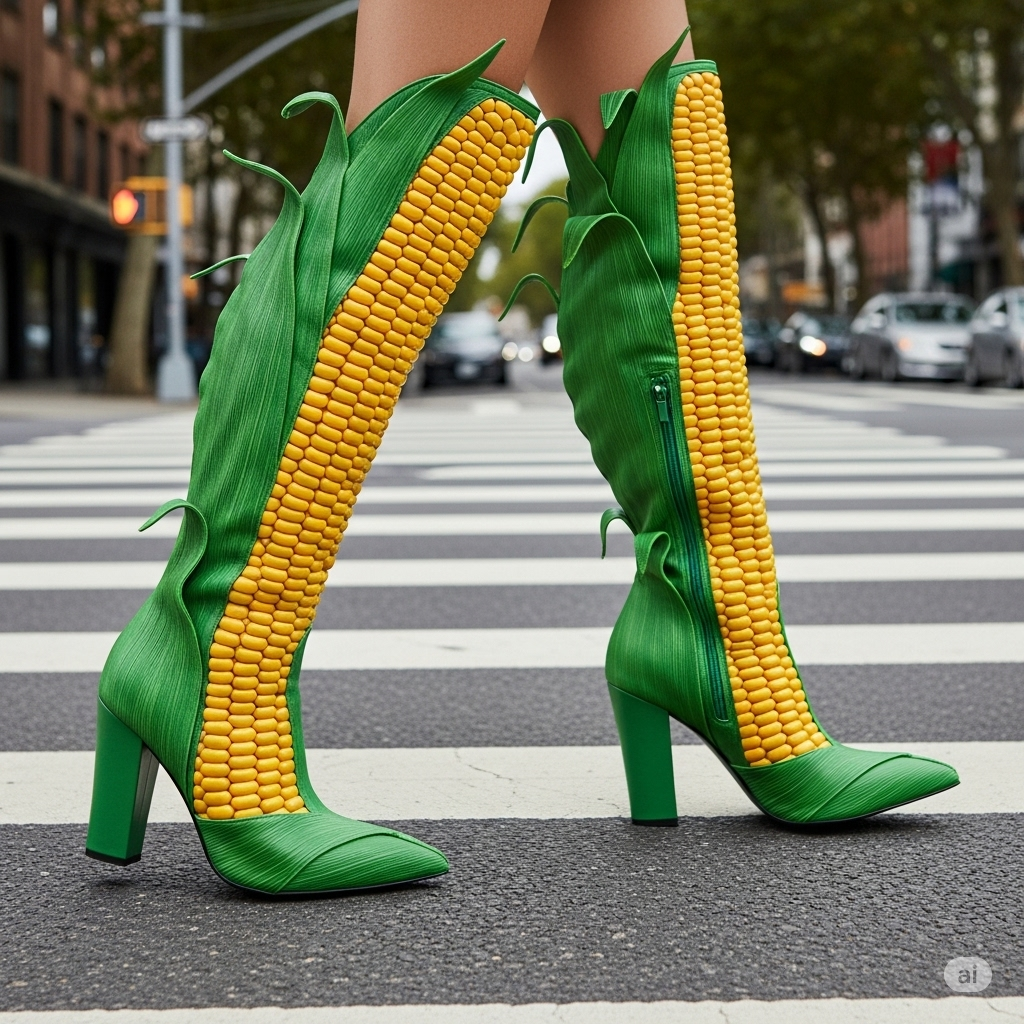
You may have a corn heel if you notice:
-
A hardened patch of skin on the heel.
-
Pain or tenderness when walking.
-
Cracks or fissures forming in the callused area.
-
A raised bump that feels rough to the touch.
How to Treat a Corn Heel
The good news is that corn heels are treatable at home in most cases.
1. Soak and Exfoliate
-
Soak feet in warm, soapy water for 15–20 minutes.
-
Use a pumice stone to gently remove dead skin.
2. Moisturize Regularly
-
Apply thick foot creams or petroleum jelly daily.
-
Look for products with urea or lactic acid for skin softening.
3. Use Corn Pads or Cushions
-
Available at most drugstores.
-
Provide cushioning to reduce friction.
4. Switch to Proper Footwear
-
Choose well-fitting, cushioned shoes.
-
Avoid high heels or overly flat shoes.
5. Over-the-Counter Treatments
-
Salicylic acid pads or gels help dissolve thickened skin.
6. Medical Treatments
-
Podiatrist Care – For severe or recurring corns.
-
Debridement – A doctor trims hardened skin safely.
-
Orthotics – Custom shoe inserts to fix gait issues.
⚠️ Important: If you have diabetes or poor circulation, always consult a doctor before trying at-home treatments.
Preventing Corn Heels
Prevention is the best treatment. Here’s how to keep your feet corn-free:
-
Wear Proper Shoes – Wide toe boxes, cushioned soles, and breathable materials.
-
Use Moisturizer Daily – Keep skin soft and supple.
-
Wear Socks – Reduce friction between foot and shoe.
-
Trim Toenails Properly – Prevents pressure buildup.
-
Rotate Footwear – Avoid wearing the same tight shoes every day.
-
Use Protective Pads – In high-friction areas if you walk or stand often.
Corn Heel vs. Callus – What’s the Difference?
Many people confuse corns with calluses, but they’re not the same:
-
Corns – Small, localized, often painful.
-
Calluses – Larger, spread-out patches of thickened skin, usually painless.
When to See a Doctor
Seek professional care if you notice:
-
Severe pain that doesn’t improve.
-
Signs of infection (redness, swelling, pus).
-
Corns that keep coming back.
-
Existing health conditions like diabetes, which increase risks.
Fun Twist – Corn Heel as Novelty Design
Outside of medical use, the phrase “Corn Heel” has also been reimagined in quirky product design. Some novelty shoe brands and art projects create heels shaped like corn cobs—a humorous and stylish play on words. These fashion or art items make for fun conversation starters, proving that even foot care terms can inspire creativity!
Final Thoughts
A corn heel is a common foot condition caused by pressure and friction, but with proper treatment and prevention, it doesn’t have to slow you down. From soaking and moisturizing to wearing the right shoes, you can keep your feet healthy and pain-free. And if you’re someone who loves quirky style, the idea of a “Corn Heel” as a playful fashion statement adds another layer of fun to the term.

